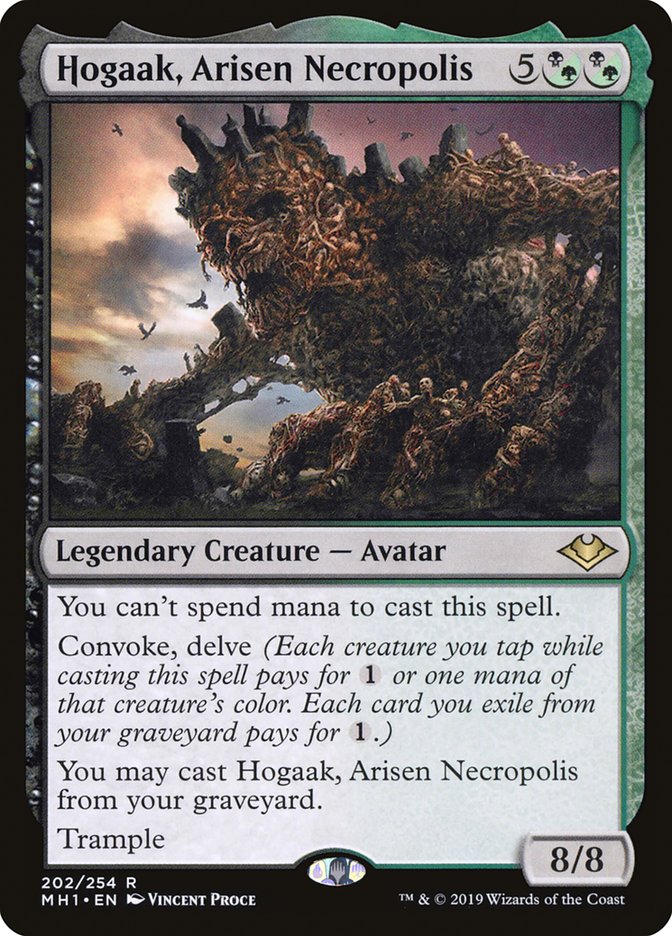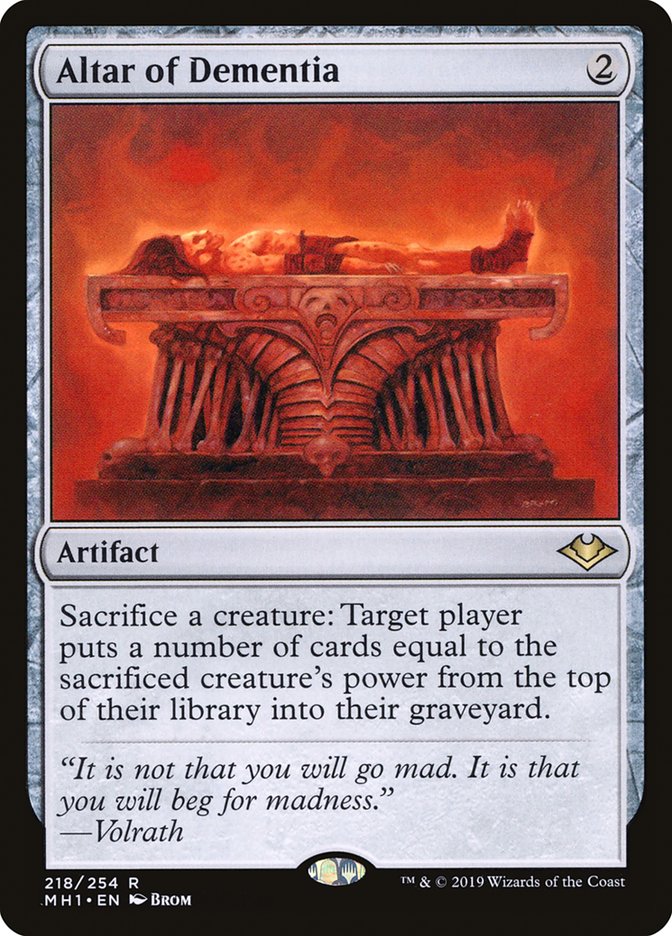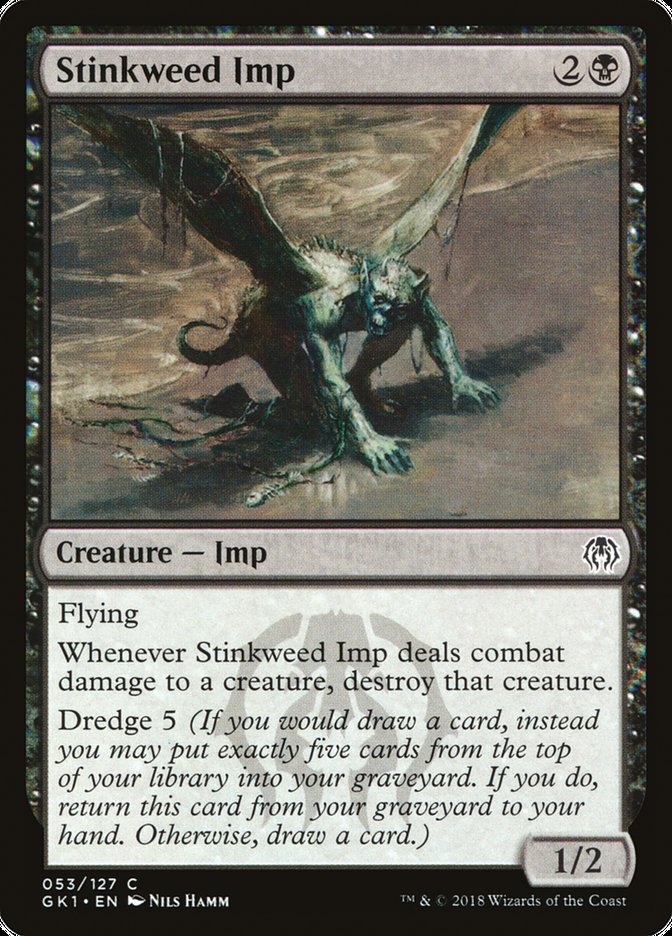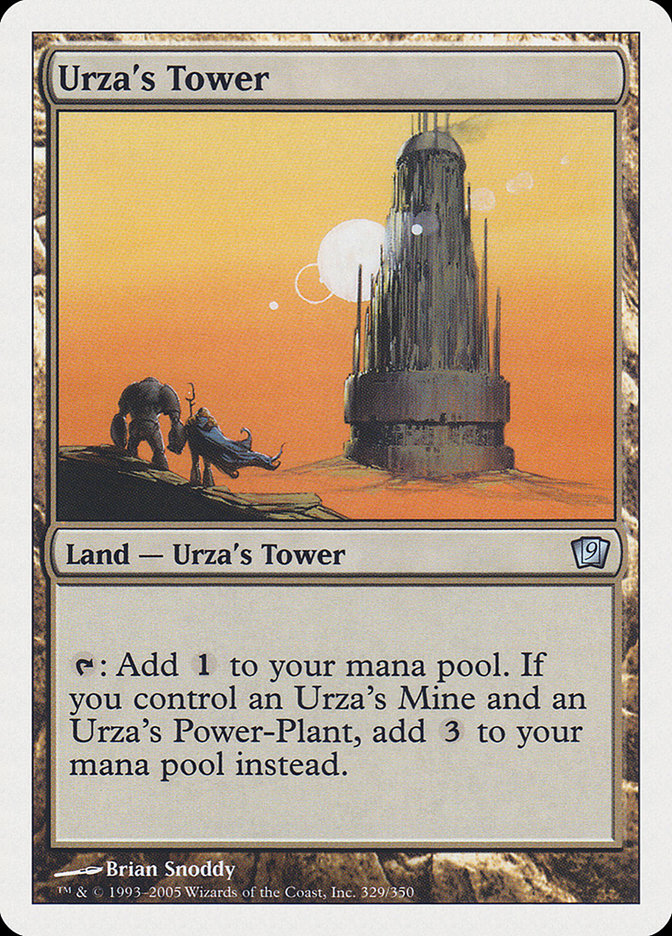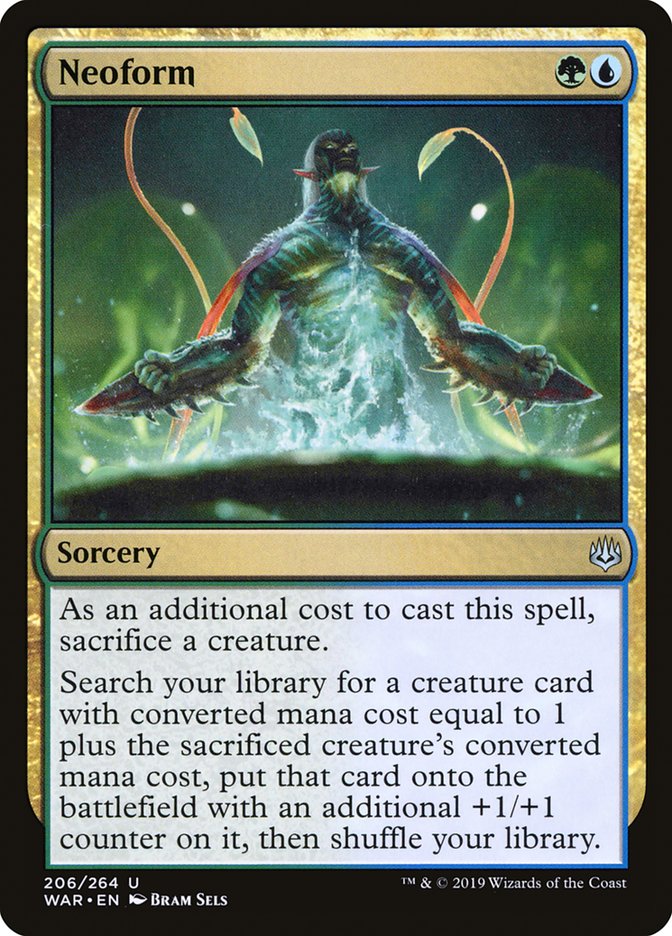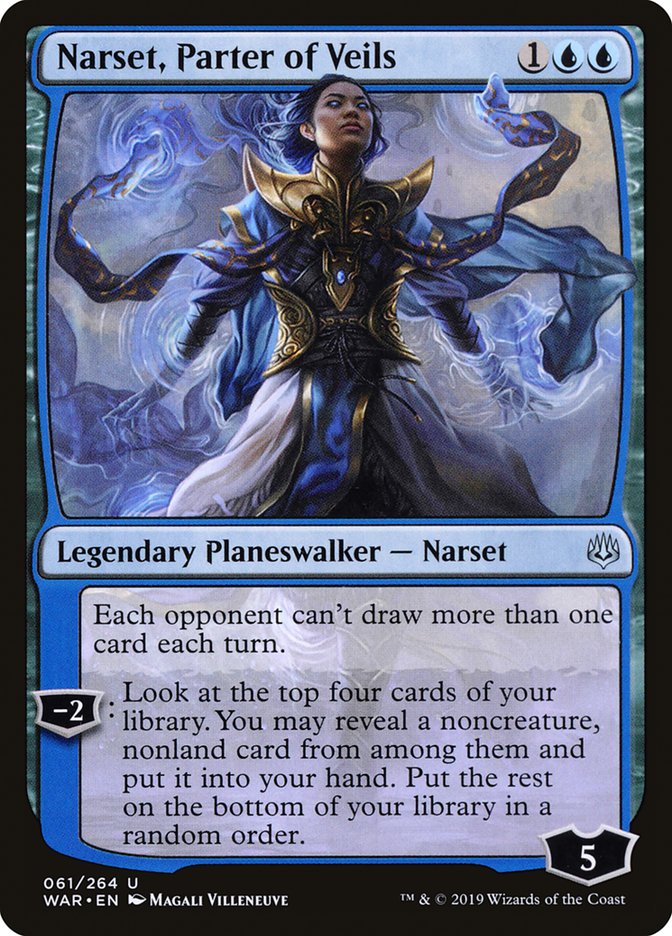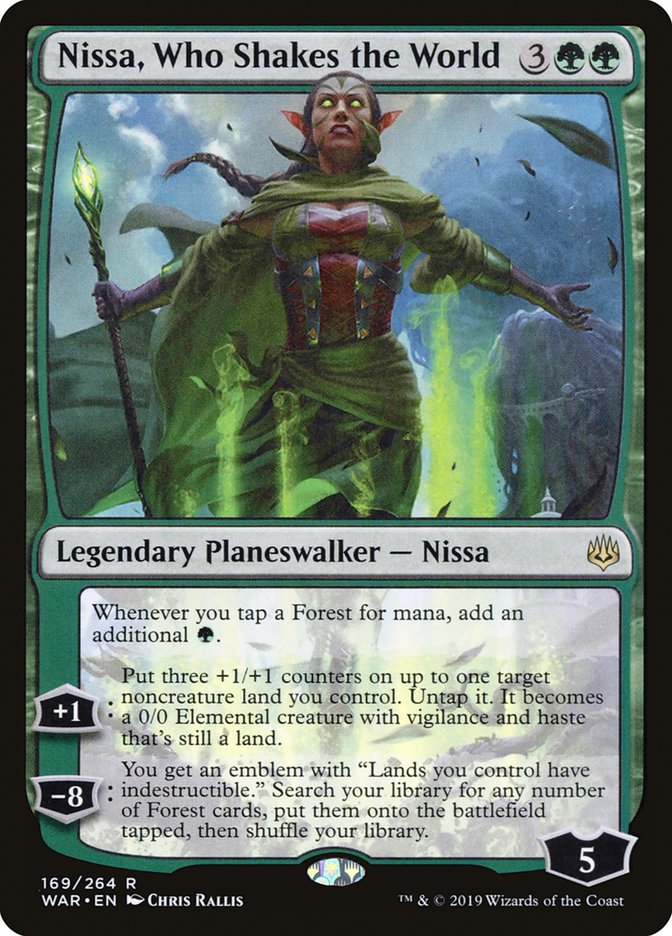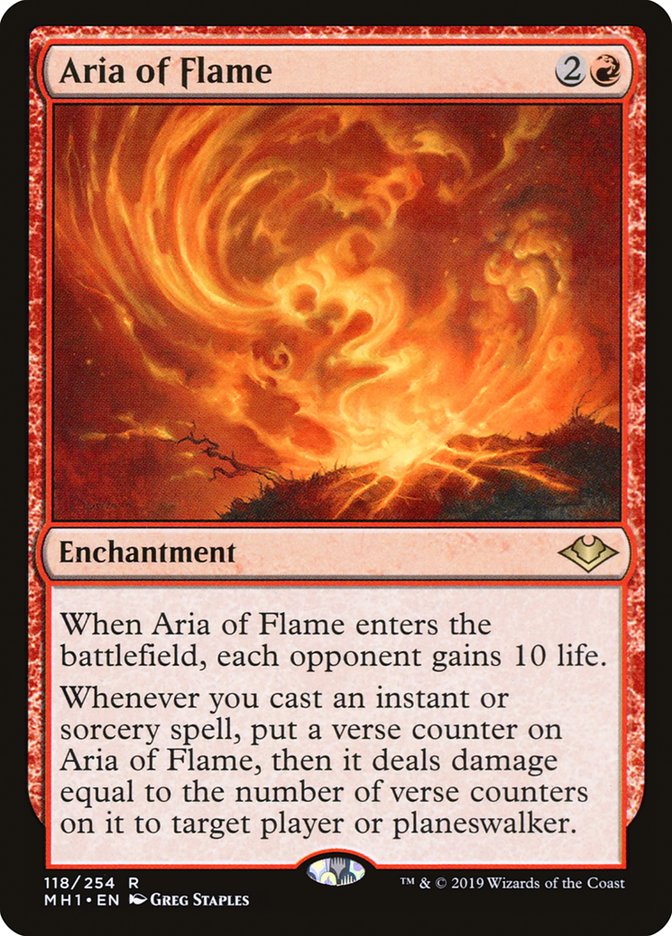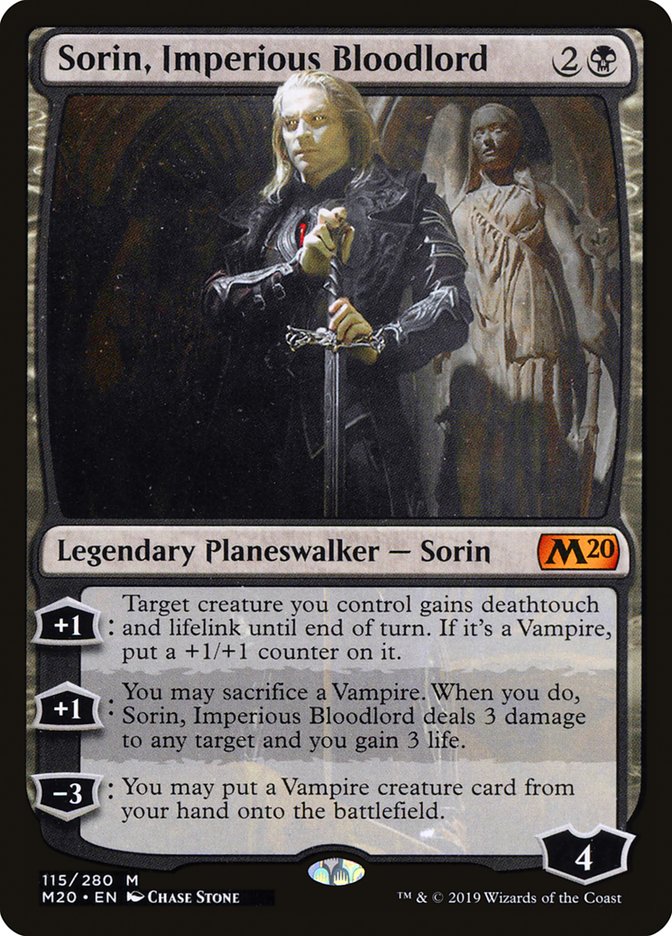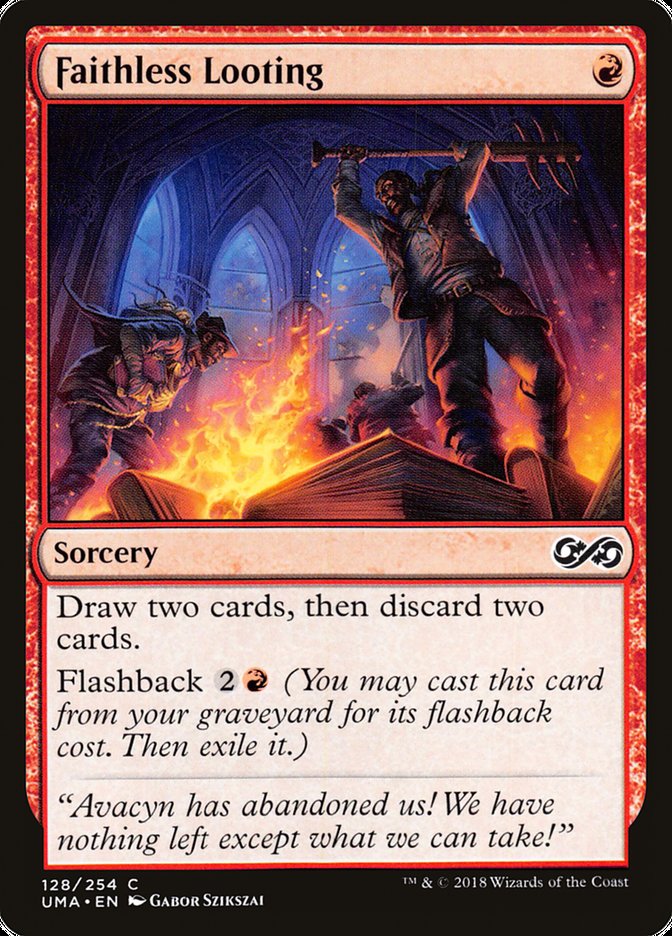Welcome to another edition of Fact or Fiction! Today, Sam Black, Ryan Overturf, and Patrick Sullivan are here to render their verdicts on five statements about the current state of competitive Magic. Don’t forget to vote for the winner at the end!
1. Even though it’s brand new and there likely isn’t enough data just yet, Wizards of the Coast will choose to ban Hogaak, Arisen Necropolis (or a key component of its namesake deck) due to social media pressure.
Sam Black: Fiction. Social media pressure will not be the basis for their decision. Wizards of the Coast has a pretty clear track record of explaining their reasoning for banning cards, and public opinion isn’t a reason that comes up. There’s far more evidence that they generally believe that the public doesn’t know what’s best for them.
Personally, I’d like to see Bridge from Below banned. Dread Return is already banned and Bridge is kind of a more absurd card. I think banning it would allow for most interesting use and exploration of graveyards (while, sadly, not really freeing up any sideboard slots for anyone, since old-school Dredge already demands a lot of hate).
As to what they’ll actually do, it’s hard to guess, because there’ve been so few situations like this. They’re usually slow to ban things, but I think they knew pushing a set as hard as they pushed Modern Horizons would probably break some things and anticipated needing some bannings, which might make them more likely to act quickly.
Ryan Overturf: Fiction. I don’t believe that Banned List decisions generally have much of anything to do with social media, and I find it borderline irresponsible to insinuate that they do. Some cards simply put too heavy of constraints on formats and I don’t remember ever seeing a ban that made me believe it had anything to do with social media pressure. If chatter on Twitter flipped the switches, wouldn’t they be making asinine changes like unbanning Splinter Twin?
As to the broader question of whether Bridgevine will continue to be legal in its current configuration for long, I definitely believe a ban is on the horizon. I’ve been wondering about when and what will be banned and there are a lot of moving parts involved in that question, but I will say that I don’t see it as a matter of “if” at this point. The graveyard decks in Modern are simply at a point where they’re putting too much pressure on what the other decks are allowed to play.
Patrick Sullivan: Fact on the outcome, Fiction on the framing. My favorite kinds of question involve unpacking the of maze of assumptions made in the question before getting to the heart of the matter. I reject the notion that there isn’t enough data yet – in spite of the deck being the focus of conversation since the release of Modern Horizons and in spite of the fact that it’s ostensibly vulnerable to graveyard hate (not in short supply in Modern to being with), Bridgevine was by far the most popular deck in Day 2 of Grand Prix Dallas and was second in representation at SCG Pittsburgh. By itself, this wouldn’t be enough to take action, but the deck wails on anything not explicitly designed to compete with it and produced several moments on camera that felt out of bounds to me, even by the standards of Modern. Faithless Looting, one of the foundational cards of the deck, has more than worn out its welcome at this point, and several other candidates won’t result in a lot of shed tears, were they banned.
I also reject that this decision will be informed much by social media—those channels aren’t a representative sampling of the total community, and making decisions by aggregating those opinions would result in decision-making that is worse than random. The fine folks at WotC know this. The case to ban at least one card from Bridgevine, or to take no action at all, will not be informed by scouring the hashtags.
2. You’re excited to play Magic with the London mulligan rule in place.
Sam Black: Fact. I’m definitely excited to play with the London Mulligan rule in place. I’ve mostly been playing Limited, where I think it’s all upside, and I think in general it leads to better games, so I’m glad that my normal experience will improve.
There are corner cases and fringe costs I’m not looking forward to. I’m not looking forward to trying to decide whether to bottom Cast Down or Negate against an unknown opponent in Game 1, especially in a situation where I either could have scouted them or I’m testing for a tournament with known decklists and I’m struck by how ineffective the game I’m playing is as testing. That’s my biggest concern – the fact that conditions will be so different on Magic Online than they will be at the Mythic Championship as far as my own experience is concerned. I’m also a little worried about what this will do for combo decks like Neobrand.
Ryan Overturf: Fact. From the first announcement of the London mulligan I may be the player who was most immediately excited for this update. I took my first London mulligan in a Cube draft the week of the announcement and it has been the only mulligan I’ve used for my Cubes since. The London mulligan alleviates the pressure of mulliganing and results in more games feeling competitive.
There are concerns around decks like Dredge (and now Bridgevine) benefiting more from this update than other decks, and while these concerns are valid, they tend to revolve around decks featuring cards of dubious legality under the current rules anyway. If no action is taken on the Banned List prior to MC Barcelona, it’s possible that Faithless Looting decks and things like the Neobrand ruin that event, for lack of a better word, but these are cards that we’ve seen negatively impact competitive play time and again already.
From my perspective this change brings with it a major positive in reducing the number of non-games while the biggest negative is just an exacerbation of problems that already exist.
Patrick Sullivan: Fiction. The London mulligan was stress-tested at its namesake event and the results were ambiguous. Modern is exactly the type of format that pushes it to its edges (the proactive cards are much better than the reactive ones and assembling a few key pairs of cards can produce effects much more powerful than the sum of their parts), and the tournament wasn’t a disaster by any stretch. Maybe Neobrand isn’t acceptable with that rule in place; maybe a few other combos will be problematic. If that results in some bannings that weren’t necessary under the Vancouver mulligan, that’s a cost, but if the overall gameplay is better, it’s a cost worth paying.
I don’t believe the gameplay gets better. If you put all your eggs into the basket of “making sure everyone plays a few lands and a spell each game,” sure, but I don’t believe erasing the edge case of “one player doesn’t do anything” overrides the vast increase to the overall repetition of games, especially in the early turns. I have seen a lot of conversations surrounding the London mulligan that can be summarized as “Sure, the Dredge player has their busted opening more often, but after sideboard, the other player has their Leyline of the Void more often, too. See, it’s fair.” To me, that misses the point.
If I play 100 matches of Mono-Green Tron versus Izzet Phoenix and the Tron player has Turn 3 Tron way more often but the Izzet Phoenix player has their Blood Moon way more often after sideboard, that sounds a lot more boring to me regardless of which side of the matchup I’m on and regardless of which deck is catching the better end of it. I don’t think the change is a disaster by any stretch, but I think it will make Magic slightly less fun over time, even if the change is hard to perceive.
3. Given their immense impact across multiple formats, it was a mistake to print Teferi, Time Raveler and Narset, Parter of Veils in their current iterations.
Sam Black: Fact. The static abilities on these planeswalkers are too good for their cost. They restrict gameplay too much, especially considering that both immediately replace themselves with additional value.
The ripple effects that we’ve seen from Teferi across Standard have been dramatic, pushing counterspells out of the format and clearing the way for huge game-ending spells like Command the Dreadhorde and Mass Manipulation. It’s cool that these kinds of cards can see play, but super-swingy effects that invalidate everything that came before them get old quickly.
I think this Standard format has done a lot to show how healthy the threat of counterspells is for Magic, and Teferi suppresses that too much.
Ryan Overturf: Fiction. If you look at the sorts of cards that I enjoy playing, it’s not difficult to imagine that I’ve lost more than one game to both cards. I will say that they may very well be the most powerful cards for their mana costs in Standard, and we’ve also seen them show up to various degrees in the non-rotating formats. That said, neither card ends the game on the spot, nor do they lack vulnerabilities. We have seen much of the Standard metagame warp around the existence of Teferi, especially as it pertains to cards like Absorb, but this is nothing out of the ordinary for the most powerful cards in a given Standard format. There’s a pretty wide range of non-Teferi, non-Narset decks still playable in Standard, which tends to be the most important metric for that format.
When it comes to the non-rotating formats, I don’t see these cards as approaching the threshold for being too powerful for their mana costs. Part of this is that costing three is a big ask already in all these formats, and much like in Standard, neither of these cards is likely to win the game on the spot without avenues to counterplay. I will grant that Narset is possibly messed up in Vintage, but that’s going to have more to do with Moxen and Black Lotus, and it’s also a format that I haven’t kept up with for a while. With that exception, these are cards that register as playable to good and I fail to see how there’s anything wrong with that.
Patrick Sullivan: Fiction. I think Teferi is inappropriate for Standard-level play. It is hostile to cards that require an untap step to be worth their investment, a class of cards that’s always underrepresented given how the card pool is crafted. Given how powerful Teferi is in absolute terms, that alone shrinks a substantial percentage of the cards that one can consider. The opportunity cost is so low that it’s hard to make your deck “good” against Teferi; you can only mitigate the harm. Narset compounds the issues with how much rate is in spells relative to the creatures in Standard, and I wish the card didn’t so explicitly prop up decks with few-to-zero creatures, but I have a list of sins that gets pretty long before Narset gets mentioned. Both static powers are obnoxious but Narset’s mostly goes after the right people, at least.
I think both are huge boons for older formats, however. It is really hard to make a three-mana card that people pay full retail for and require several turns to be worth their investment good enough for Modern and beyond. In that way, they are more analogous to the types of cards they crowd out in Standard rather than the cards doing the compressing. If you want people to play with stuff other than the absolute cheapest threats and interaction, you’ve got to make a few expensive things worth building around and playing towards. I don’t think their execution is perfect, but I consider their presence in multiple formats to be a point of redemption, not condemnation.
4. With the releases of War of the Spark, Modern Horizons, and Core Set 2020 so close together, you’re experiencing new set fatigue.
Sam Black: Fact. I hate that there’s a new Limited format that I feel like I should never play, but with a Mythic Championship coming up that will use Modern Horizons, I feel like I should sit out all of Core Set 2020 Limited. I can’t remember the last Limited format for a Standard-legal set I didn’t play. I draft enough in paper that drafting is basically the only way I build my collection, and drafting is how I learn a set and how the cards play. I’m almost talking myself around to the idea that I’ll have to play some Limited with this set just to keep up my ability to write and think about new Standard decks, even though I don’t think I’ll ever play a tournament with the set.
I like to have time to thoroughly explore a new set in both Limited and Constructed before getting distracted by a new set, and the pace of Modern Horizons and Core Set 2020 doesn’t give enough time for that, which devalues both sets in that neither gets the chance to create as much value as an experience for players as it deserves. I think it would be very bad for Magic if the release schedule were this frequent in general.
Ryan Overturf: Fact. As a player I generally believe that the more cards, the better, and I’m always looking for new Cube cards. As a store owner, I’m feeling the burnout. There’s a lot of work involved in set releases for myriad reasons, and I can tell you for a fact that smaller stores are feeling the impact of going from set to set so quickly on their budgets. Modern Horizons was a set that I expected a lot of hype for, though it hasn’t landed as well as I expected to. I have some thoughts on the branding for the set, though it is absolutely true that players only have so much money to spend and release fatigue is a real thing. Having preview seasons basically overlap from Modern Horizons to Core Set 2020 isn’t a sustainable model.
Patrick Sullivan: Fact. Not much additional analysis or context here. The volume of new cards makes it hard to keep track of stuff and the short time frame in between sets dampens my excitement for the previews. Magic is already pretty expensive relative to other games in the genre and this release cadence doesn’t help. Hopefully this span of time is the exception to the rule going forward.
5. Brainstorm is widely considered too powerful for Legacy, yet it remains unbanned. Similarly, Faithless Looting should remain unbanned in Modern because of the “identity” it gives the format.
Sam Black: Fiction. I’ve never bought the “Pillars of the format” argument for any format. These cards aren’t like pillars of the community out doing good work to bring decks together—yes, there are multiple decks that hinge on Faithless Looting, but if it were banned it’s not like the format would stop functioning. People would just build different decks.
There is a related argument that I think is slightly different that I had kind of come around to, which is the idea that Faithless Looting was the backbone of so many decks played by so many people that banning it would essentially destroy too much value (literally decreasing the value of other cards players owned) that it would cause too many people to lose faith in the value of their collections, such that it would be too economically risky for Wizards of the Coast to act on.
Personally, I think War of the Spark and Modern Horizons have caused enough upheaval in the format that now is their best chance to get away with banning Faithless Looting, and I absolutely think they should. I think Faithless Looting is a more powerful card than Brainstorm and only gets better as more cards are printed. As much as I personally like playing with the card, we’ve seen too much of it and the format should move on.
Ryan Overturf: Fiction. At the risk of upsetting Legacy players, I’m going full Fiction on this one. I’ve cast a lot of Brainstorms in my day. I cast some Brainstorms this week. I’ve won a lot of money casting Brainstorms. That said, it’s one of the most restrictive currently legal cards in a Constructed format and it also cheapens any Banned List discussion in Legacy. When Sensei’s Divining Top and later Deathrite Shaman were banned, a lot of Legacy players just couldn’t parse what happened. Neither card is as good as Brainstorm. Top is comparable, but Deathrite Shaman? It had become a problem, but the discussion around the format had become so warped because Legacy is supposed to be allowed to have problems! Brainstorm doesn’t give Legacy an identity – it gives Legacy an identity crisis.
Brainstorm is just a weird thing to compare something to if you’re using it as an argument to keep something legal. If you’re not playing Teferi, Time Raveler in Standard, I might ask you what your plan is against the Teferi decks. If you’re trying to win a Legacy tournament and you’re not registering Brainstorm, I might ask you why bother.
When it comes to banning Brainstorm, that ship probably sailed years ago. On the matter of Faithless Looting and Modern, there’s still time. Faithless Looting has been a feature of the best deck or decks in Modern for a while now, be it in the form of Izzet Phoenix, Dredge, or now Bridgevine. It is true that less powerful decks also play the card, and if Mardu Pyromancer was the most powerful Looting deck, we wouldn’t be having this conversation. Using the graveyard as a second hand is fun to an extent, but the Modern format is so fast and powerful that other decks that both use the graveyard as a second hand and can win on Turn 3 some percent of the time will continue to show up as long as Looting remains legal. That sort of thing really diminishes the range of other decks you can play competitively.
A claim that is made regarding Faithless Looting is that banning it “kills” a wide range of decks, and this really is just false. A lot of decks would have to pivot and some would be hurt more than others, but Faithless Looting is not the only card selection spell or graveyard enabler in Modern, merely the most powerful one. These decks would likely become less competitive and some may disappear entirely, but if you’re going to make that point, you also have to consider that banning Looting widens the range of cards that are reasonable to play in tournament settings now that they don’t have to deal with as many Turn 3 decks with absurd card selection.
In my response to the first prompt, I alluded to the fact that I’m not sure what the ban from Bridgevine will be. I’d be cool seeing Faithless Looting go, but I do see them banning one or more different cards as possible outcomes. What I will say is that if Bridge from Below gets a ban instead, it won’t be the last card to die for Looting’s sins.
Patrick Sullivan: Fiction. I get the comparison – both extremely powerful cantrips that inform the shape of the format. I would ban Faithless Looting right now if I could, and I wouldn’t touch Brainstorm. The analogy between the two breaks down for me in three key places.
1. Opportunity cost relative to the goals of the format
Banning a card that shoulders a major load for a format is usually a front-loaded cost. It’s deeply destabilizing, upsets invested players, and chips away at what “defines” a format. That cost can be worth paying if it creates a better world, if new strategies flourish, gameplay gets better, new players enter the format, and so on. I think that WotC has significantly different incentives when it comes to Modern and Legacy.
Legacy is so cost-prohibitive, the gameplay so opaque, and the level of organized play support so sparse that even if banning Brainstorm made the format some amount better, I doubt it would unleash a wave of new or reengaged players who were sitting out due to Brainstorm’s ubiquity. It doesn’t seem worth the outrage such a move would engender among the format’s current players. Modern is heavily supported and WotC has an incentive to corral the power level of the format over time so new cards have a chance to enter Modern; it is much easier to imagine a world with significant net-gains in twelve months with a Faithless Looting ban than it is for Brainstorm.
2. Efficacy/value over replacement
Brainstorm is busted. So are a lot of the other blue cards in Legacy. There are so many busted cards that people barely play things like Preordain, which is busted. I’m not confident that you couldn’t slot in a number of cantrips or counterspells or whatever in Brainstorm’s place and have the Delver decks be 90% as good. To tie it back to the first point, if you can’t be sure that banning Brainstorm wouldn’t even create that different of a world, how can you consider bearing the incredible front-loaded costs of banning it?
The efficacy, the certainty of creating something new, is much more certain with a Faithless Looting ban. There are some analogs, but nothing comes close in terms of flexibility, raw rate, variance reduction, and so on. There might be enough infrastructure left for cards like Thing in the Ice and Bedlam Reveler to be fringe players, but there’s no question that it would be an impactful shakeup.
3. Invasiveness
Brainstorm is really good. It’s a huge burst of selection the turn it gets cast, and alongside shuffle effects can effectively manage screw and flood. It affords you the opportunity to conceal situational cards that you can get rid of if the situation fails to emerge, and lots of other bits of utility. All of that is very powerful and has a strong relationship with winning games, but it is largely concealed from the opposing player. Even if you “lose to Brainstorm,” it rarely feels that way.
Faithless Looting is about brute-forcing a bunch of contextual Dark Rituals out of a zone that isn’t easy to interact with at a baseline level. It is so loudly the thing that you’re losing to, and that makes the experience of it appearing in the format’s best decks far less tolerable over time than Brainstorm.


